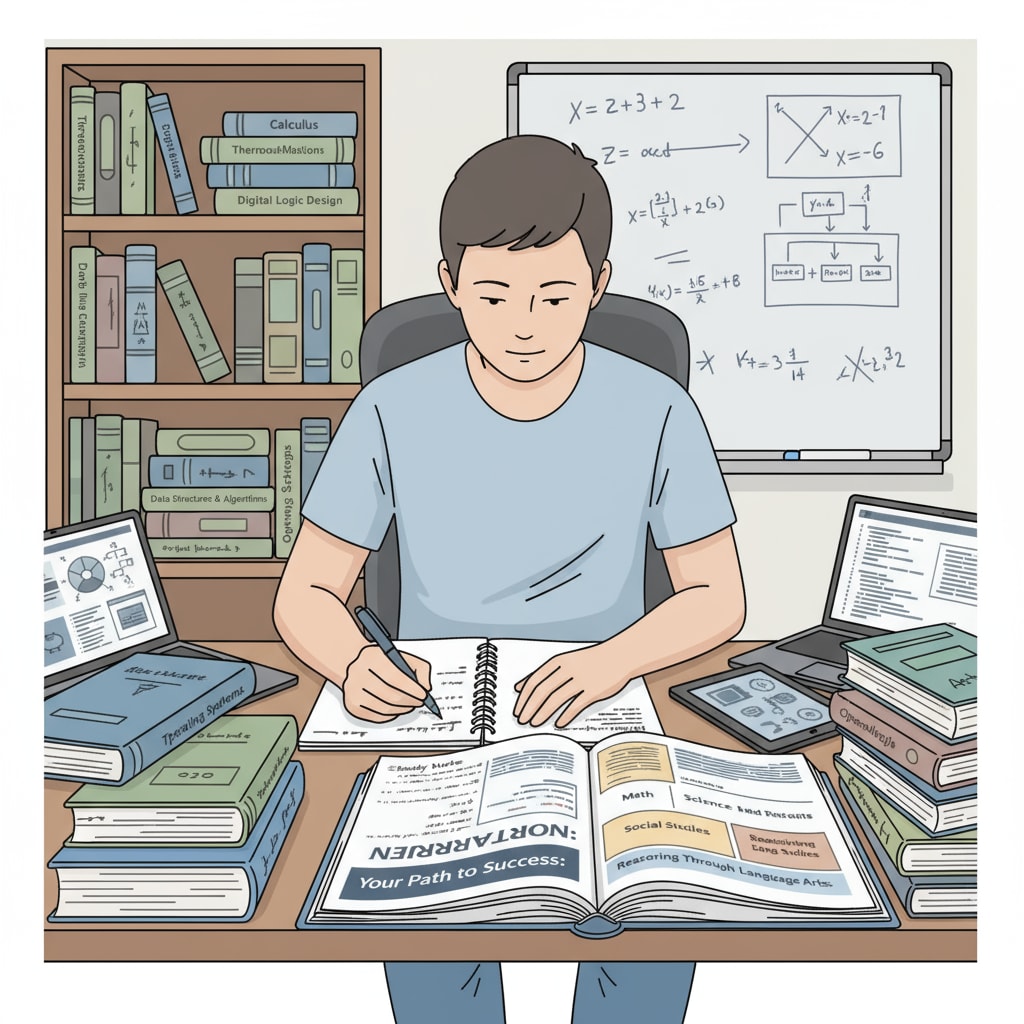In the realm of education, the pursuit of engineering and computer science has taken on a new dimension with the emergence of educational alternatives. Contemporary high school students are now exploring innovative ways to bypass traditional curriculum and focus directly on their desired fields. These alternatives, such as the General Educational Development (GED) and the Scholastic Assessment Test (SAT), offer a path to higher education that is both efficient and targeted.

The Limitations of Traditional Education
Traditional high school education often follows a one-size-fits-all approach. Students are required to study a broad range of subjects, many of which may not be directly relevant to their future careers in engineering or computer science. For example, courses in literature or history, while valuable in a general sense, may not contribute significantly to the technical skills needed in these fields. This can lead to wasted time and energy, as students are forced to divert their attention from their core interests. As a result, many are now looking for alternatives that allow them to focus more intensively on the subjects that matter most to them. Traditional education on Wikipedia
The Rise of GED as an Alternative
The GED has emerged as a popular alternative for students seeking to bypass traditional high school requirements. It is a high school equivalency test that assesses a student’s knowledge in four main areas: language arts, mathematics, science, and social studies. For students interested in engineering and computer science, the GED offers a way to demonstrate their academic proficiency without having to complete the entire high school curriculum. By passing the GED, students can move on to pursue higher education in their chosen fields. This not only saves time but also allows them to focus on building the skills necessary for success in engineering and computer science. GED on Britannica

Another advantage of the GED is its flexibility. It can be taken at any time, allowing students to study at their own pace. This is particularly beneficial for those who may have had to interrupt their education for various reasons or who learn better outside of a traditional classroom setting. In addition, the GED is recognized by most colleges and universities, providing a seamless transition to higher education.
The Role of SAT in Shaping Educational Paths
The SAT is another important tool in the arsenal of educational alternatives for engineering and computer science students. While it is primarily known as a college entrance exam, it can also be used as a way to showcase a student’s academic abilities in relevant subjects. The SAT offers subject tests in mathematics, physics, and computer science, among others. By performing well on these tests, students can demonstrate their proficiency in the areas that are most important for their future careers. This can give them an edge when applying to colleges and universities, especially those with strong engineering and computer science programs.
Moreover, the SAT can be a valuable indicator of a student’s potential in these fields. Admissions officers often look at SAT scores to gauge a student’s readiness for the rigors of college-level coursework. For students who may not have a traditional high school transcript to rely on, a strong SAT score can serve as evidence of their academic capabilities. This makes the SAT an important part of the educational alternative landscape for those interested in engineering and computer science.
Benefits of Alternative Educational Paths
Opting for alternative educational paths such as the GED or SAT offers several benefits for students interested in engineering and computer science. Firstly, it allows them to save time. By bypassing irrelevant subjects, students can start focusing on their chosen fields earlier, giving them a head start in their academic and professional careers. Secondly, it provides a more targeted approach to learning. Students can spend more time and energy on the subjects that are directly related to engineering and computer science, which can lead to a deeper understanding and better performance in these areas.
In addition, these alternative paths can be more cost-effective. Traditional high school education often comes with a significant financial burden, including the cost of textbooks, supplies, and extracurricular activities. By choosing an alternative route, students can potentially save money while still achieving their educational goals. Finally, the flexibility offered by these alternatives allows students to tailor their learning experience to their individual needs and circumstances, which can lead to greater motivation and success.
Readability guidance: As seen above, we’ve used short paragraphs and lists to summarize key points. Each H2 section has provided a clear focus on different aspects of educational alternatives for engineering and computer science. We’ve also kept the passive语态 to a minimum and used transitional words like ‘for example’, ‘as a result’, ‘in addition’ to enhance the flow of the article.


